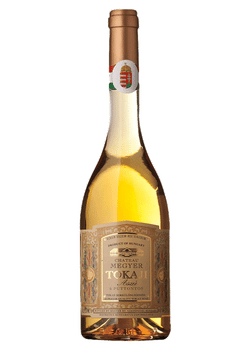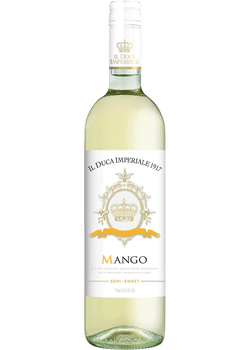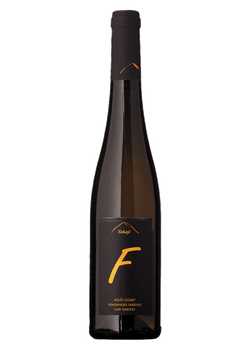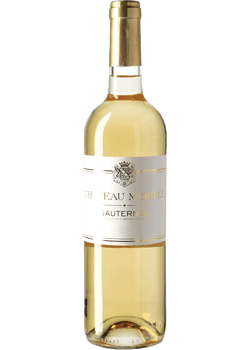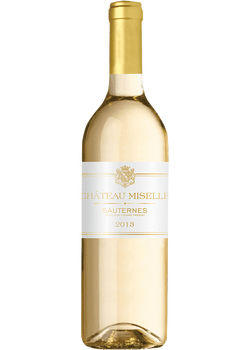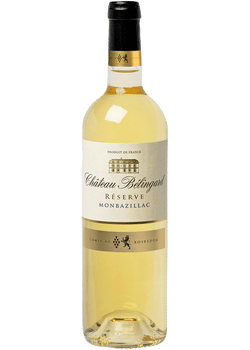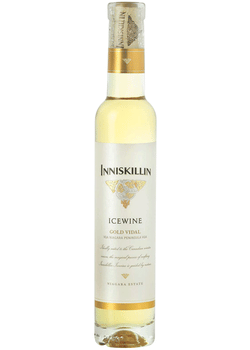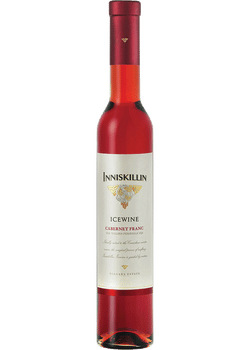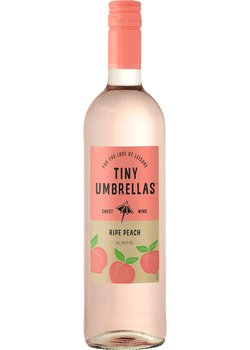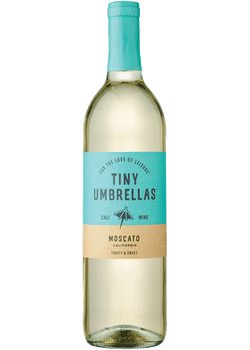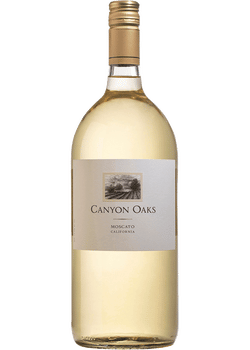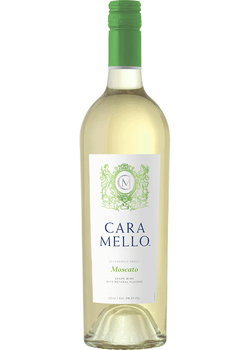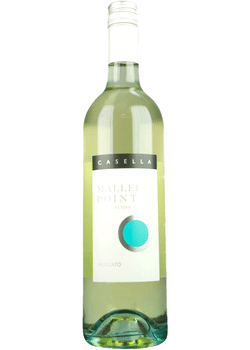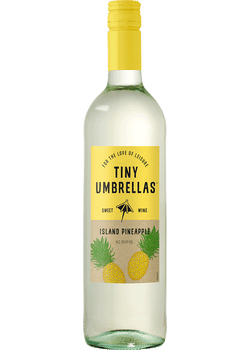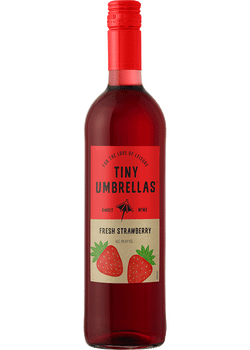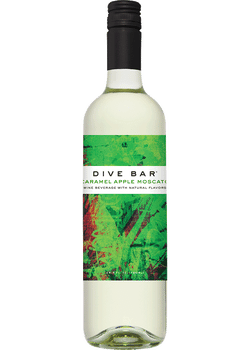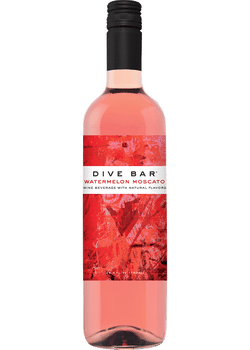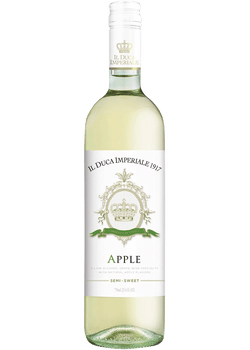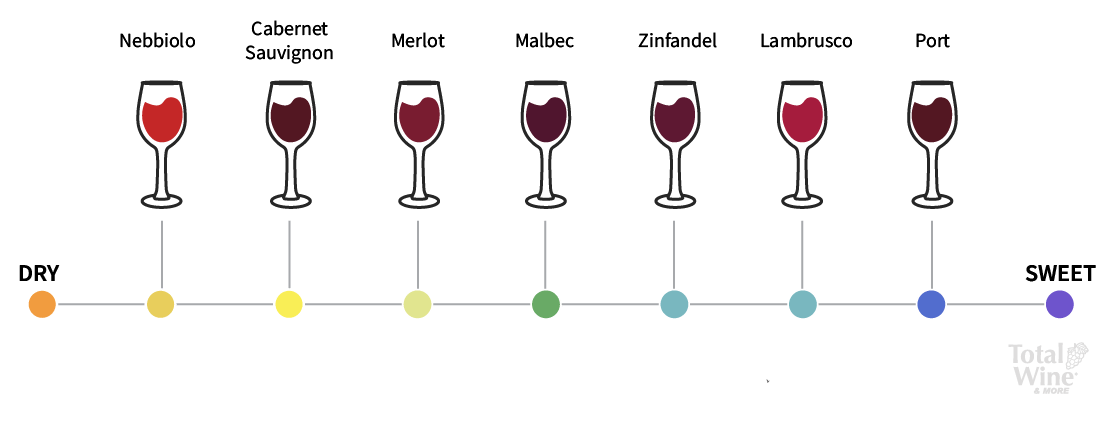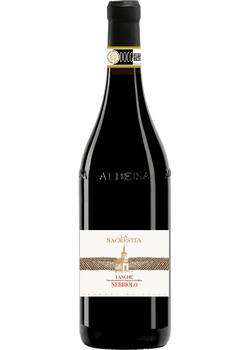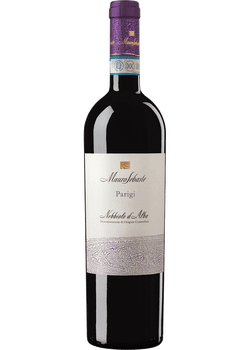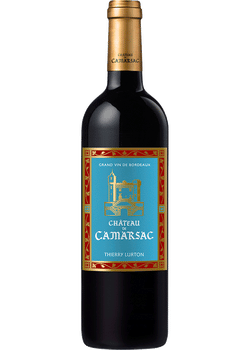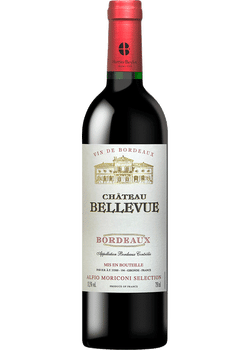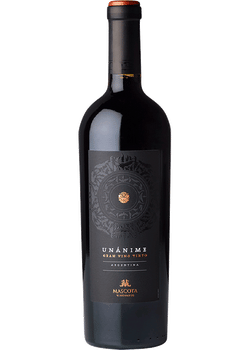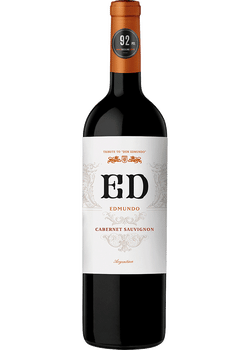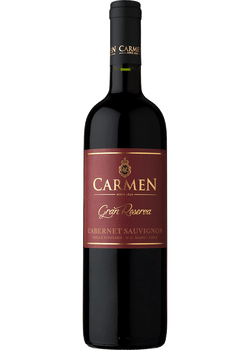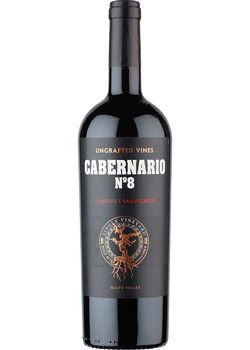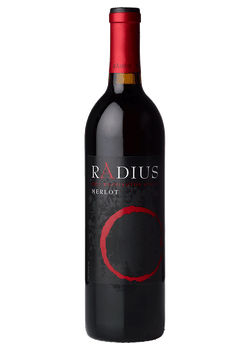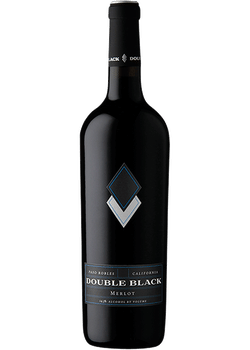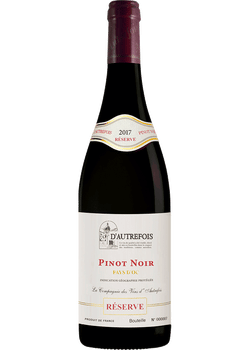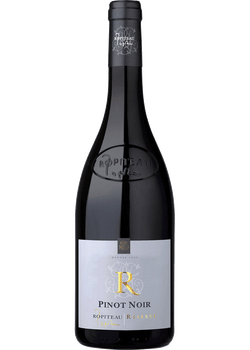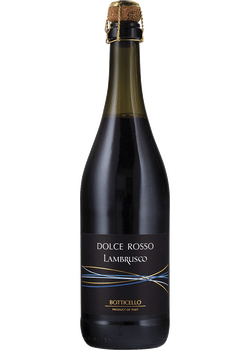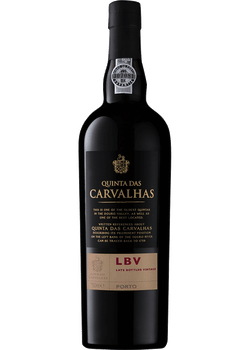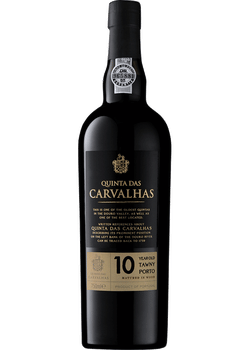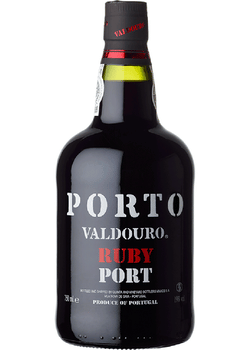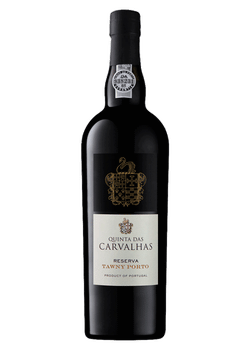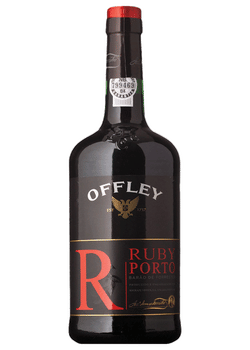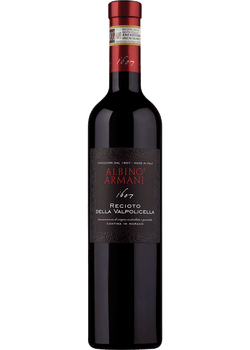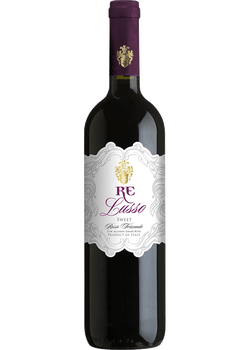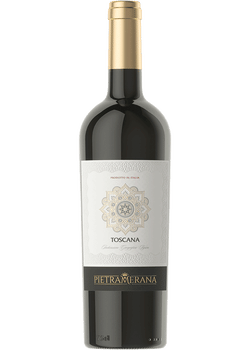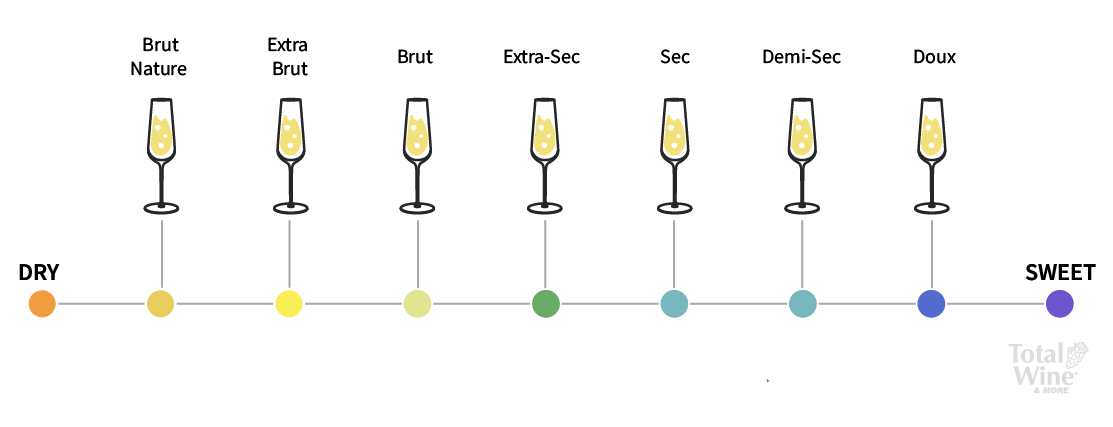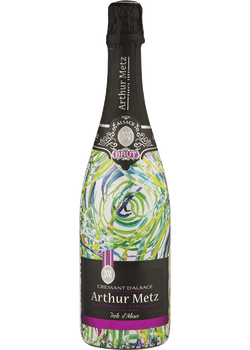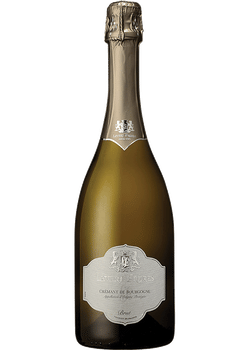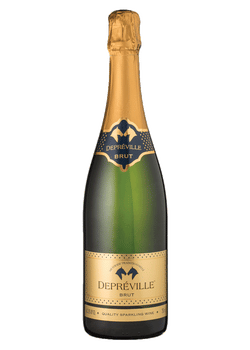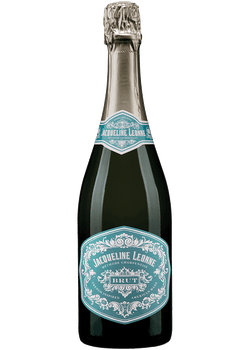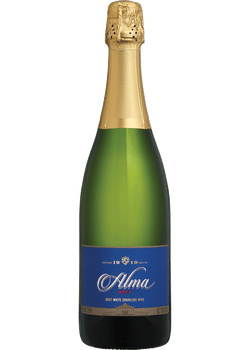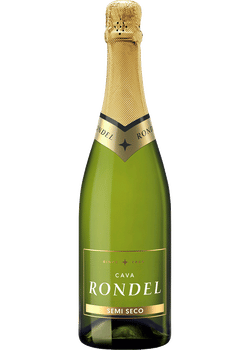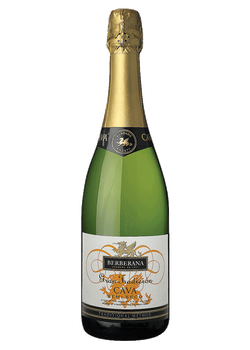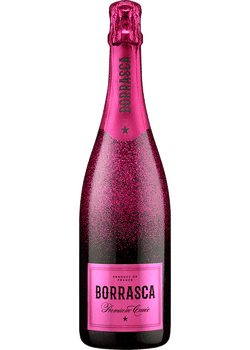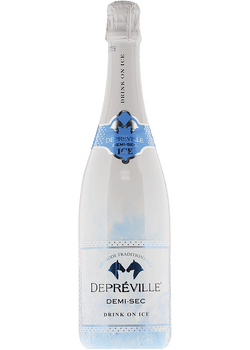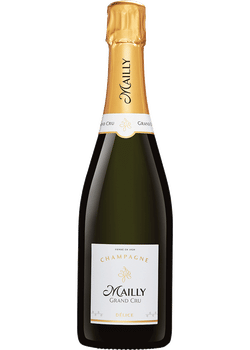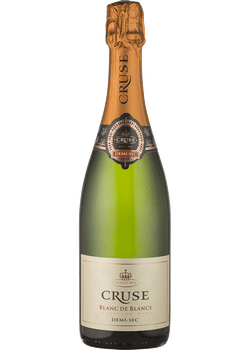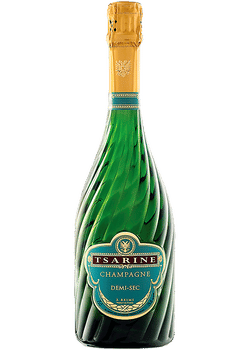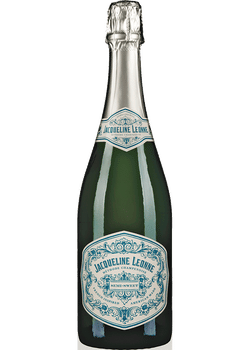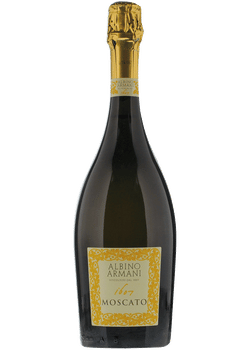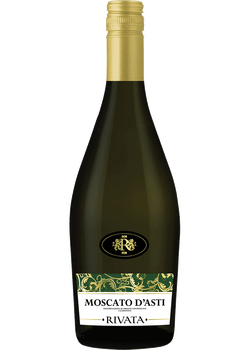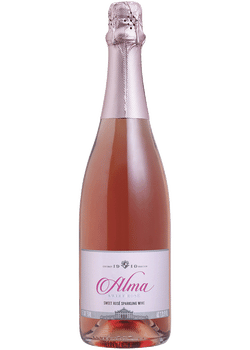The tip and top of your tongue are the areas that detect sweetness. One key aspect of the taste of different wines is the degree of sweetness or dryness. Simply put, dry wine is a wine that is not sweet. Similar to tea or coffee with no added sweetener, dry wines have little or no natural sugar remaining after the fermentation process.
Where does sweetness in wine come from?
Grapes are naturally high in sugar. And sugar is key in the process of turning grape juice into wine. Yeast converts the sugar into alcohol during the fermentation process. The sugar leftover after fermentation has stopped is called residual sugar. Wines without any or very little residual sugar are called dry wines.
To make a sweet wine, the winemaker can choose to stop fermentation early (so that the yeast does not eat all the residual sugar), resulting in a wine with lower alcohol content. Some grapes are so sweet that fermentation stops naturally (the yeast can no longer consume the remaining sugar). Winemakers can also add sweetness to wine by adding preserved grape juice (sweet reserve, grape concentrate, or rectified grape must) or by adding grape spirit before or during fermentation to create a fortified sweet wine.
Sweetness is often associated with specific types of wine or grape varietals such as Riesling and Muscat. However, these wines can most often be made sweet or dry. Sweet wine can also be made from red or white grapes. It just depends on the winemaker and the style of wine they want to create.

Why do some wines taste sweeter than others?
The perception of sweetness in wine can be deceptive. True sweetness is the result of residual sugar left in the wine from the fermentation process.
There are other components in wine that can increase or decrease your impression of sweetness that are unrelated to residual sugar. Intense fruit flavors can be confused with sweet flavors, but a wine can be fruity without being sweet. Other components in wine such as tannins and acidity counterbalance the perception of sweetness. A wine with very high acidity that is also sweet will not seem as sweet as a wine with lower acidity. The same is true for tannin. Tannins cause your mouth to dry, which balances any residual sugar in a wine.
Many fine German Rieslings, for example, have such high acidity that they taste crisp and dry, even though they might contain higher levels of residual sugar than the average table wine. Lower levels of tannin and acidity can create, in their absence, a stronger impression of sweetness.
Sweetness Levels of Wine
Sweetness in wine is measured by residual sugar. We can look at the grams of sugar per liter to get an idea of how sweet a wine is.
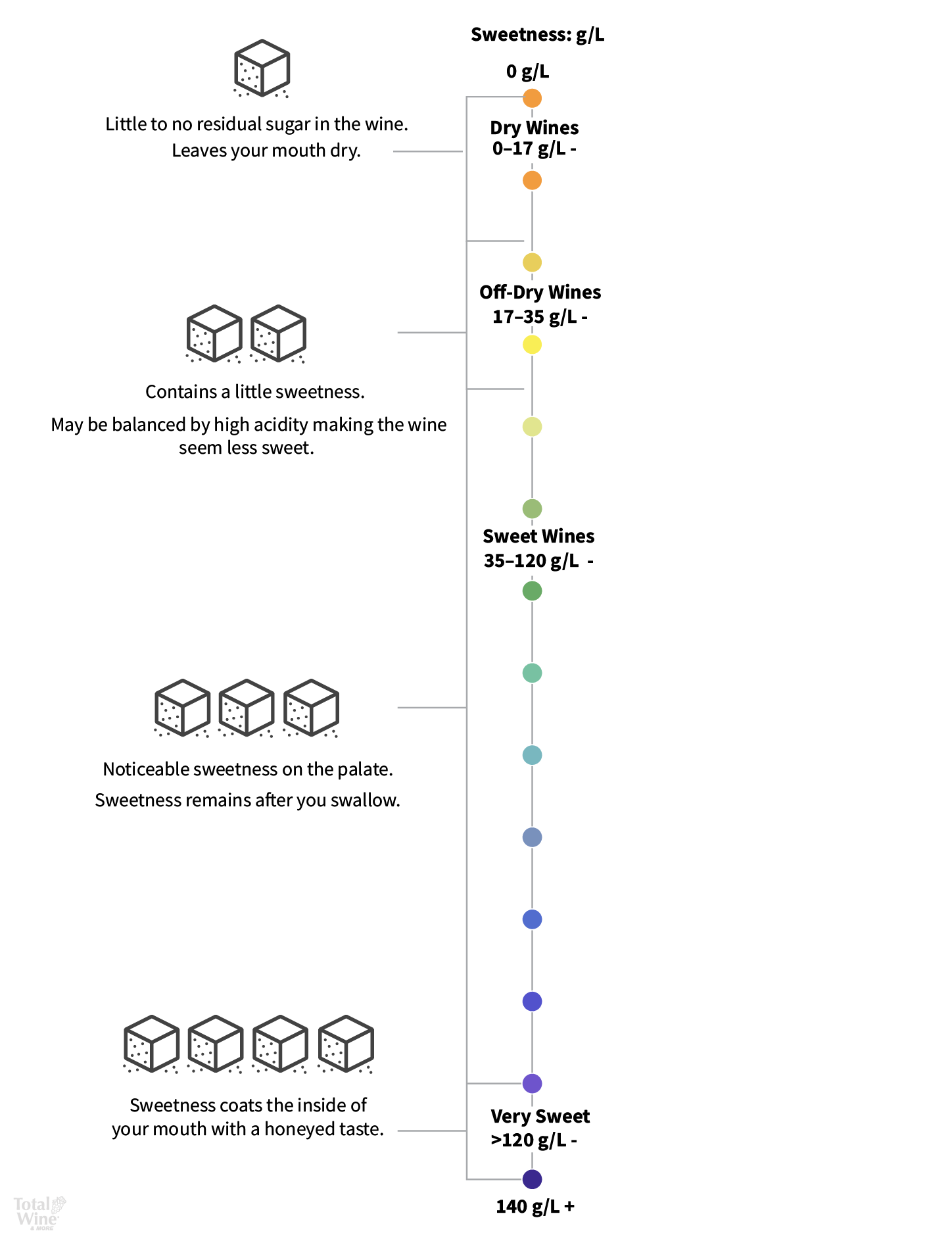
Sauvignon Blanc and white Bordeaux blends are good examples of dry wines, while Sauternes (also made from Semillon and Sauvignon Blanc), late harvest Riesling, Vouvray, White Zinfandel,and Eiswein are generally sweet. A good contrast of sweet versus dry may be found in sparkling wines. Brut Champagne will exhibit no sweetness at all, while a lush Asti Spumante will demonstrate ample sugar on the palate.
Wines made from the same grape variety can range from dry to sweet. Examples include Riesling and Chenin Blanc. Riesling can be made completely dry to lusciously sweet. Dry Rieslings are crisp, with mouthwatering acidity and green apple and citrus flavors. On the other end of the sweetness spectrum, Riesling grapes can be allowed to go through noble rot (or Botrytis cinerea) or be harvested late, where they start to raisin on the vine, both concentrating sugars in the grapes. Chenin Blanc grapes are also made into wines that span the full spectrum of sweetness.
White Wine Sweetness Levels
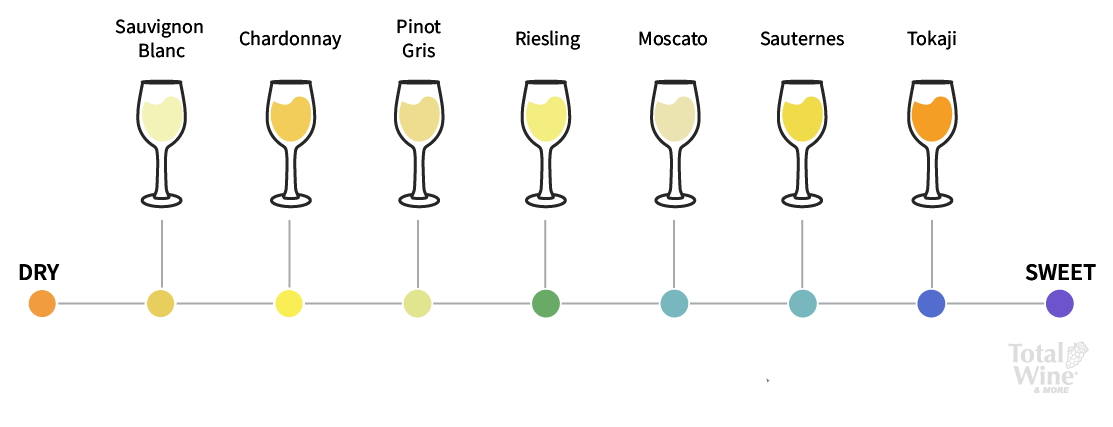
Dry – Herbs, Minerals, & Citrus Fruits
- Pinot Grigio/Gris
- Sauvignon Blanc
- Gruner Veltliner
- Unoaked Chardonnay
Dry – Apple, Stone, & Tropical Fruits
- Chardonnay
- Viognier
- Dry Riesling
Off-Dry
- Riesling
- Chenin Blanc
- Gewurztraminer
Sweet
- Moscato
- Sauternes
- Eiswein
- Tokaji
Shop Sweet White Wine
Red Wine Sweetness Levels
Dry – Savory
- Nebbiolo
- Bordeaux
- Cabernet Sauvignon
- Tempranillo
- Sangiovese
Dry – Fruity
- Shiraz
- Zinfandel
- Malbec
- Merlot
- Pinot Noir
Medium Sweet
- Lambrusco
Sweet
- Recioto Della Valpolicella
- Port
- Vin Santo Rosso
Shop Dry to Sweet Red Wine
Sparkling Wine Sweetness Levels
Labels from dry to sweet
- Brut Nature or Zéro Dosage
- Extra Brut
- Brut
- Extra-Sec or Extra-Dry
- Sec, Seco, or Dry
- Demi-Sec, Semi-Seco, or Medium Dry
- Doux, Dulce, or Sweet
Champagne can be made at any of these sweetness levels, with Brut being the most common. Brut styles generally taste dry but can have a touch of residual sugar. Cava is generally dry and made in an Extra-Brut to Brut style. Prosecco tends to have a touch more sweetness than both Champagne and Cava and is made in Brut, Extra-Dry, and Dry styles.
It is ultimately up to the winemaker and any regional requirements as to how sweet the wine is made. Learn more about sweet wines with our guide to dessert wines.

